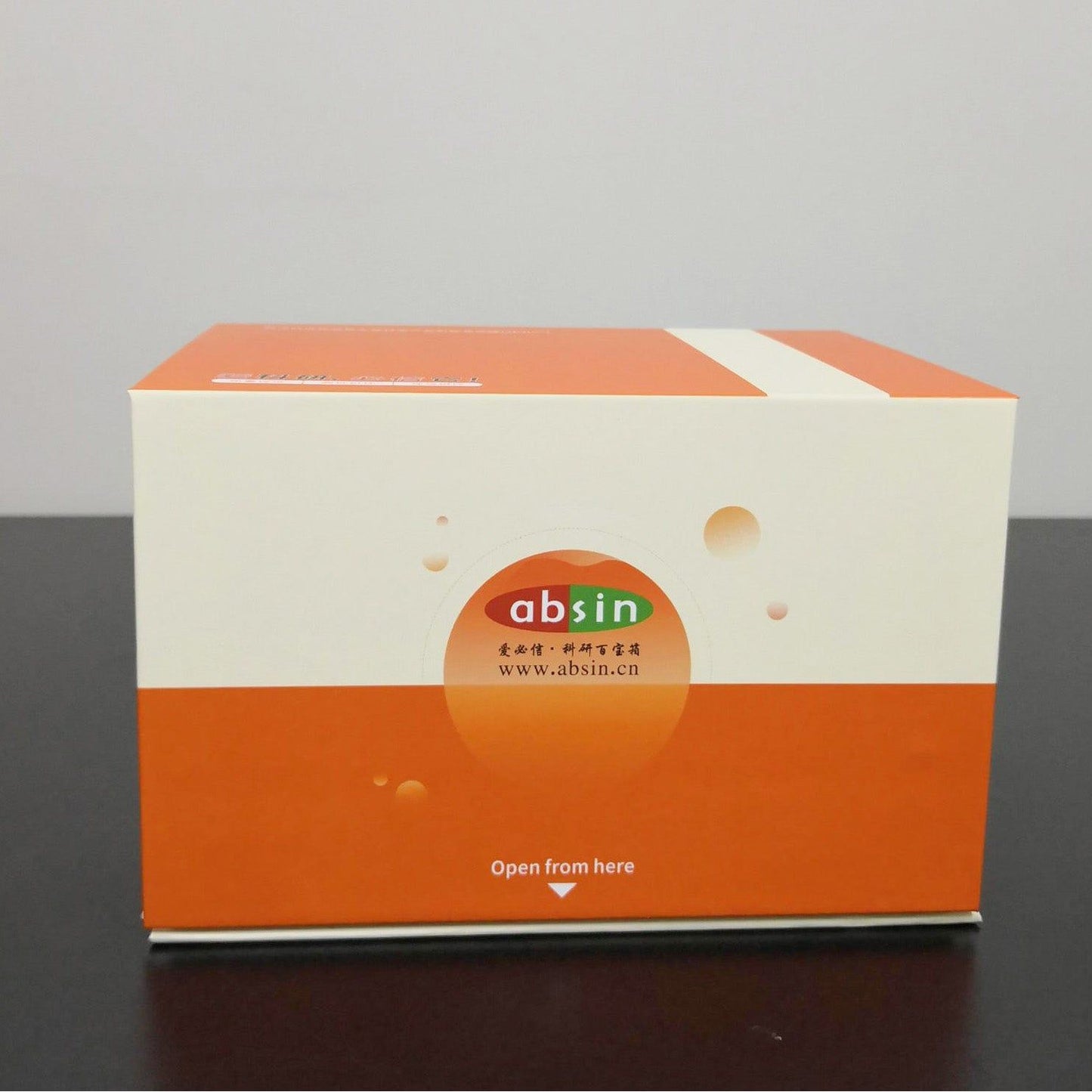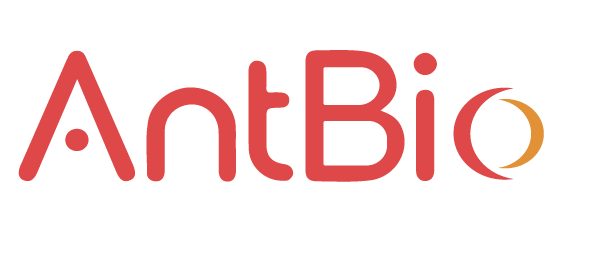Product Details
Product Details
Product Specification
| Description |
Detection Principle: This kit uses double antibody sandwich enzyme-linked immunosorbent assay technology. Specific anti porcine IL-1-beta; The antibody was pre coated on a high affinity microplate. Add the standard, sample to be tested and biotinylated detection antibody into the wells of the enzyme plate. After incubation, the il-1&beta in the sample; Combine with solid-phase antibody and detection antibody to form immune complexes. After washing to remove unbound material, horseradish peroxidase labeled streptavidin HRP was added. After washing, the chromogenic substrate was added to avoid light for color development. Stop the reaction by adding stop solution, and determine the absorbance value at 450 nm wavelength (refer to the correction wavelength of 540nm or 570nm). Detection Type: double antibody sandwich method Form: pre coated 96 well plate Detection Sample Type: cell supernatant, serum, Plasma Loading Amount: 100ul Kit Components: Precoated 96 well plate, standard, anti porcine il-1β One copy of detection antibody, dilution buffer, chromogenic solution (a, b), washing solution, termination solution, sa-hrp, plate sealing membrane and instructions. Sensitivity: 3.8 pg/ml Detection Range: 62.5 - 4000 pg/ml Recovery Range: 69-102% Storage Method: 2-8 ℃ Standard Curve
Background: Interleukin 1 (IL-1)The protein family contains the canonical members il-1&alphaIl-1β And IL-1ra, as well as IL-18, IL-33, and il-1f5-10. Il-1α And il-1β It binds to the same cell surface receptors and shares biological functions. In addition to skin keratinocytes, some epithelial cells, and some cells of the central nervous system, unstimulated cells in healthy mice do not produce IL-1. However, as a response to inflammatory substances, infection or microbial endotoxin, macrophages and many other cells will produce IL-1 in large quantities. In the physiological process of immune response and inflammatory response, bone remodeling, fever, glucose metabolism, growth hormone / IGF-1, il-1β Plays a key role. Under a series of pathological conditions, including sepsis, rheumatoid arthritis, inflammatory bowel disease, acute and chronic myeloid leukemia, insulin-dependent diabetes mellitus, atherosclerosis, nerve injury and aging related diseases, IL-1 has been accompanied by abnormal or continuous production. |
Picture
Picture
Immunohistochemistry




